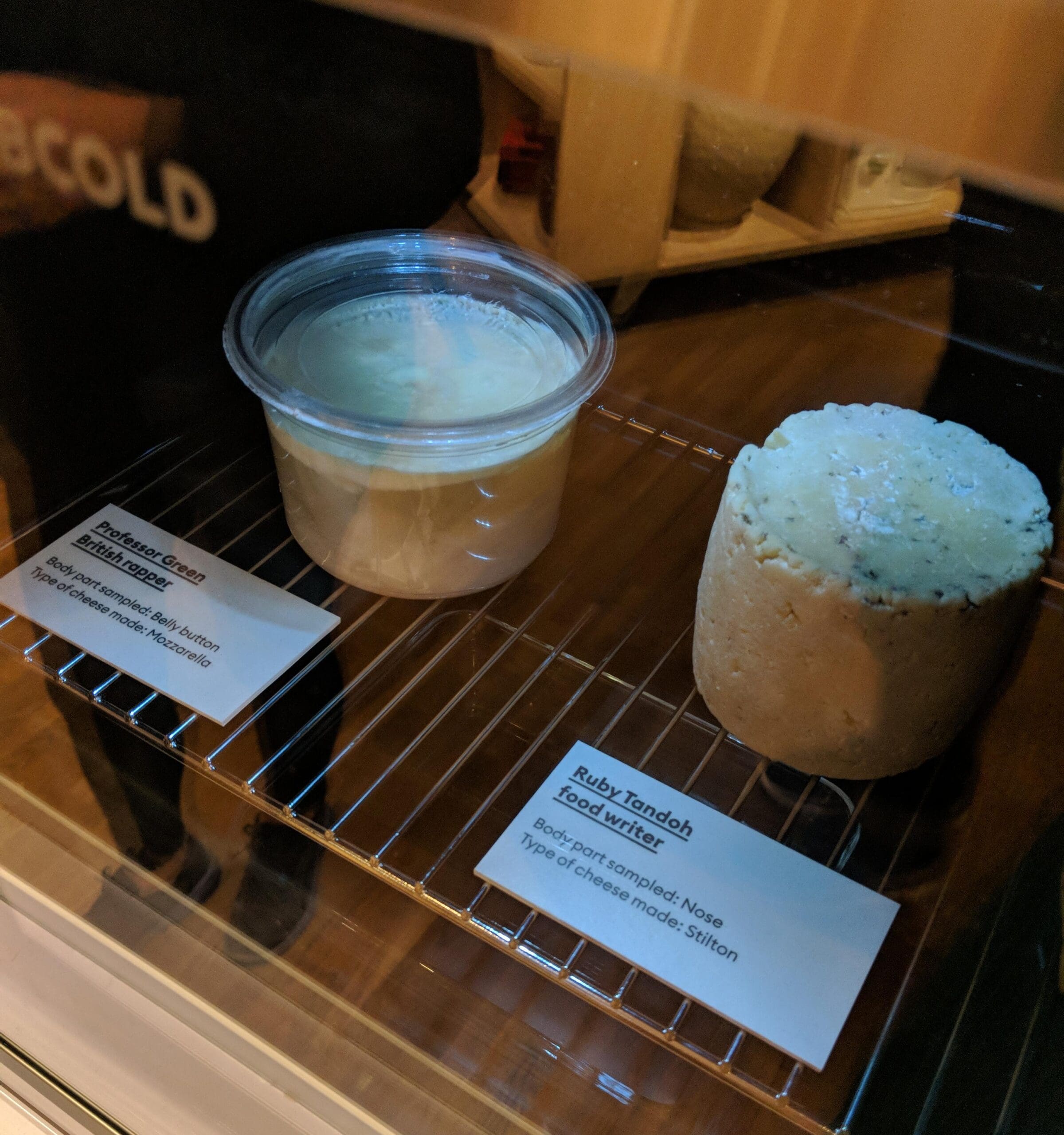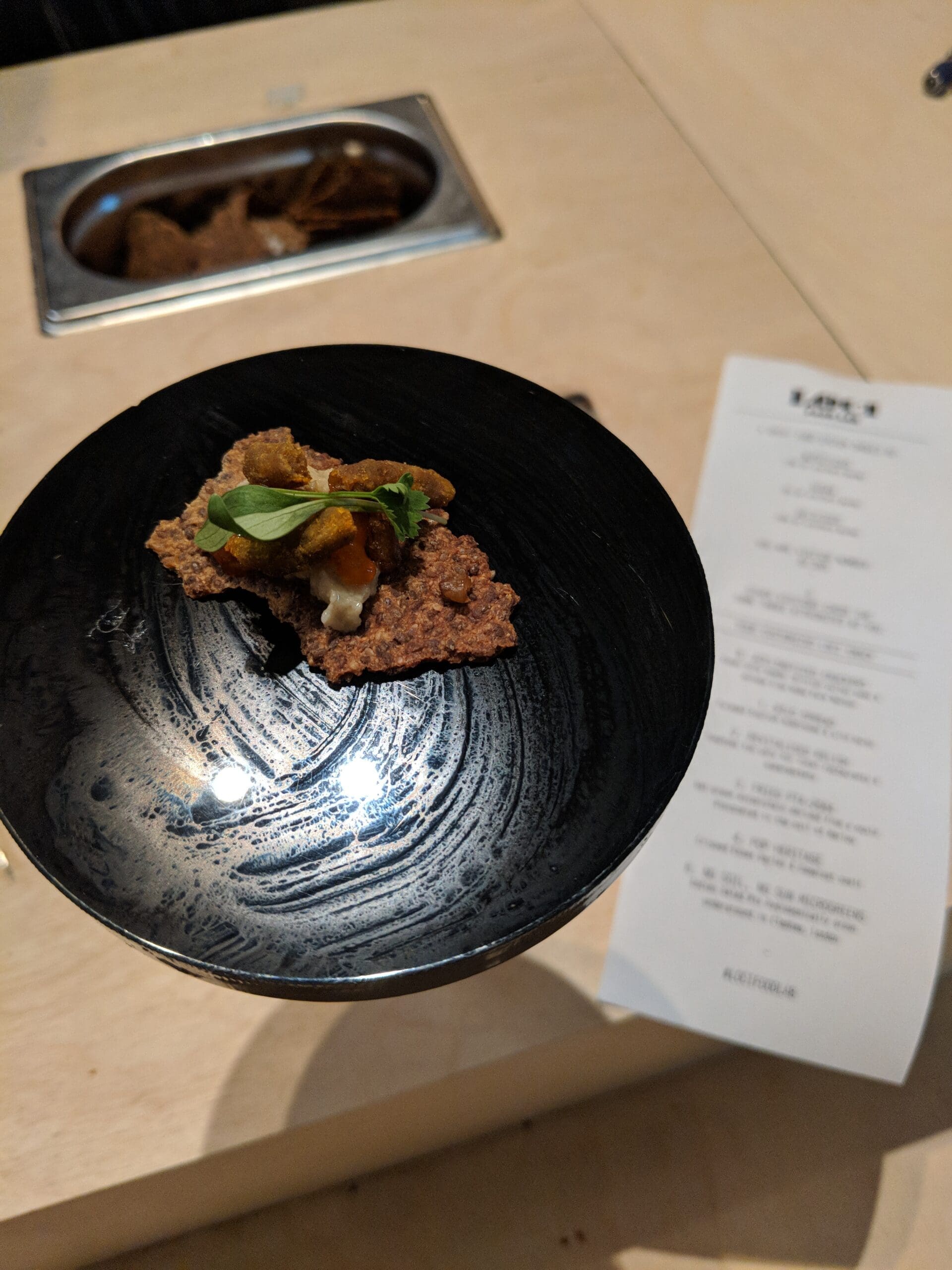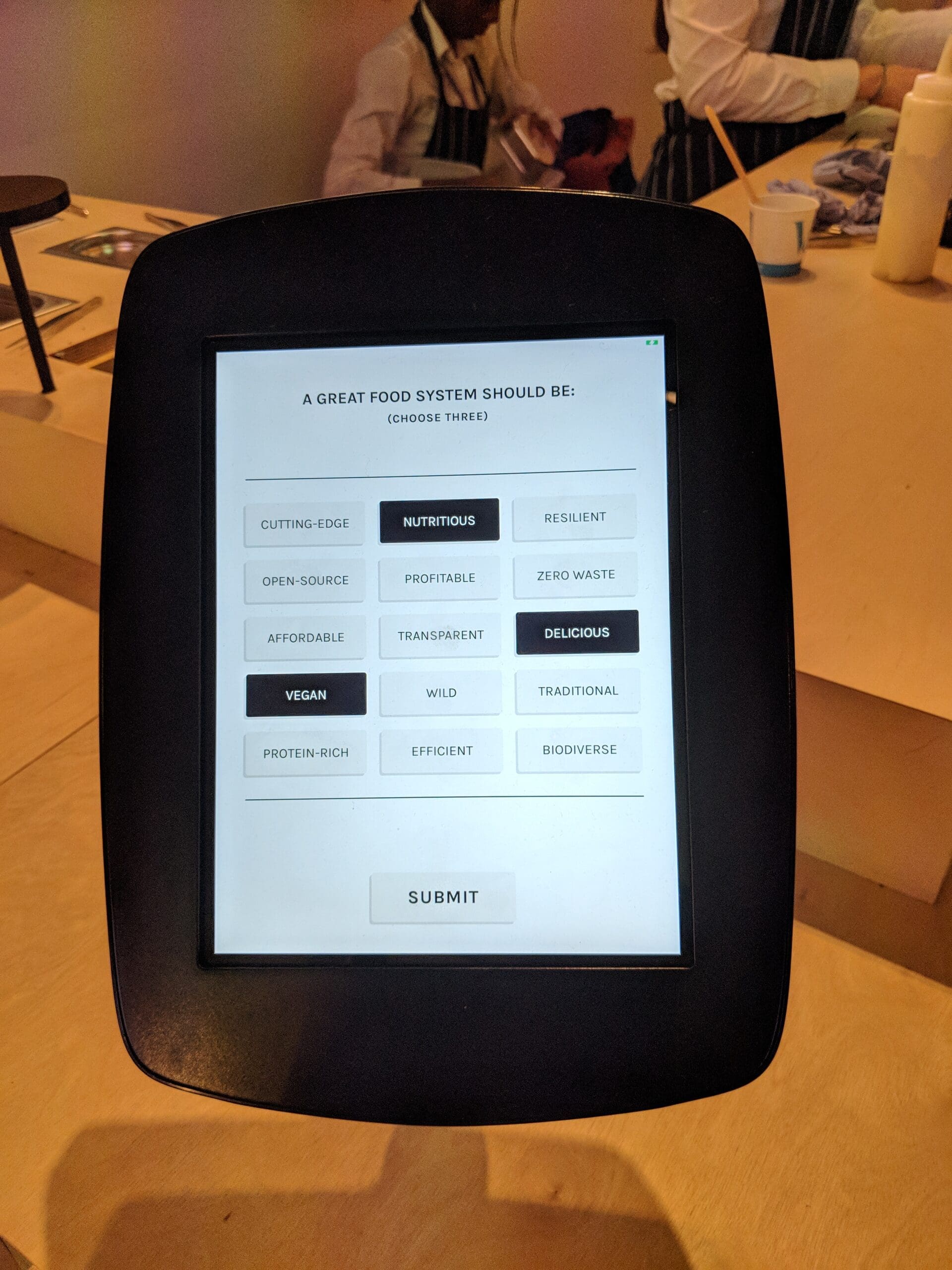London’s Victoria & Albert (V&A) Museum, the world’s leading museum of art and design, hosted the exhibition ‘FOOD: Bigger than the Plate’ this summer. Billed as a ‘sensory journey through the food cycle, from compost to table’, my colleagues and I were intrigued to see how the V&A would tackle the enormity of the subject at hand. The exhibition displays contemporary projects by over 70 artists and designers working with chefs, farmers, science and local communities.
An exhibition dedicated to the food cycle is perhaps an unusual choice for the V&A, but it landed with aplomb, particularly amid the current debate around sustainability. My initial thought upon entering the exhibition was its attention to aesthetics, with dreamy pastel silks adorning the walls and muted lighting akin to that you would find in an Art Deco dining establishment. This paved the way for a fascinating couple of hours intertwining art, food, sustainability and the odd reference to Brexit. We were promised a detailed look into the lifecycle of food, splitting into four key elements of compost, farming, trading and eating.
Compost
Waste and sanitation provided a forward-thinking, albeit surprising, start to the exhibition, with a focus on repurposing waste. A brief history of industrialisation makes clear that the incumbent approach to handling human and animal waste by means of sewers is simply a by-product of modern manufacturing processes. The first exhibit, a Loowatt toilet, recovers fertiliser from human waste. The waterless flush concept toilet features a biodegradable film lining. The contents are collected by Loowatt, who separate biodegradable film and organic waste, then convert the latter into biogas and liquid fertiliser.
A myriad of both functional and decorative items created from waste products follow next, from wine bottle labels made from discarded grape skins and vine branches to ceramic pots glazed with human urine. A highlight was the beautiful wall fashioned from Totomoxtle, a veneer material made with husks of heirloom Mexican corn.
Farming
There are a number of projects dedicated to the advancement of farming practices. It is claimed that only 1.5% of the UK is now involved in the agriculture industry, yet it is clearly fundamental to our daily lives. The Personal Food Computer, in which you can create the perfect growing conditions for plants on an individual basis, is particularly interesting; the technology is open source and therefore accessible to anyone (with the ability to build a computer).
A Royal Academy of Art MA project claimed that 50% of shipping containers transporting goods from China to North America are currently empty on their return journey. Growframe, a collapsible, hydroponic farming system, is proposed as an efficient way to cultivate food in these empty containers.
The farming section also concentrates on the controversial, including a 13 minute film about many of the practices of intensive modern farming, which was purposefully thought-provoking.
Trading
A raw milk vending machine stood quietly in the corner. It displayed a sign stating that it was empty due to strict regulations about the consumption and sale of raw milk to consumers in Western countries, due to the potential presence of harmful bacteria in unpasteurised milk. Consumers in England, Northern Ireland and Wales can obtain raw milk directly from farm vending machines, but expanding this offering beyond the farm may be difficult to regulate.
Artwork included the famous Bovril beef extract poster by advertising agent S. H. Benson, and Ester Hernandez’s controversial 1981 take on Sun Maid’s classic raisin packaging. The latter demonstrated the artist’s expression of personal anger over claimed levels of pesticide use in commercial grape growing in California.
Eating
This section gives a futuristic vision of how we might approach cooking and eating, with strong themes emerging around accessibility, such as a set of red and blue tableware designed to aid those with limited appetite, based on research that plate colour can stimulate or suppress the appetite. The Leaven Range of kitchenware in the UK is designed to give extra sensory feedback beyond a reliance on sight, making the pleasure of cooking more accessible for physically impaired people. The items aim to improve confidence in the kitchen through the additions of touch, temperature, sound or movement. The Hob Guard provides resistance against a pan to provide reassurance that a pan is safely on the hob.
 The Hob Guard. Credit: Simonkinneir.co.uk
The Hob Guard. Credit: Simonkinneir.co.uk
As a nation of foodies with access to all manner of international cuisine, it is generally understood that we already embrace and seek out novelty when it comes to food. Cheese derived from the bacteria of celebrities’ armpits and other unmentionable areas certainly present a novel – and questionable – talking point. With bacteria and probiotics being such a current focal point for consumers, perhaps this kind of area isn’t too far removed from what we are willing to discuss or consider.
The personalised ‘snack’ from the Loci Food Lab that we were promised at the end of the exhibition was bite-sized – a canape would be a more apt term – but tasty. Using a tablet, we were prompted to select three attributes that described a great food system, such as nutritious, delicious, zero waste, etc. The activity served to remind me that individual consumers are potentially weighing up these factors whenever they consume food. Would you compromise food that tastes delicious over a farming system that saves the planet? How might your opinion change if you were served food based on the selected attributes straight away?
What we think
The exhibition certainly challenged my thinking, not only about the processes involved in the journey from farm to fork and beyond, but also about the impact that functionality is having on the art world. Through an array of creative approaches to issues faced during every part of the food cycle, it is clear that our approach to food in the future will be wholly different. This exhibition served as a stark reminder that we cannot, and should not, take our food for granted.
FOOD: Bigger than the Plate runs from 18th May to 20th October 2019.












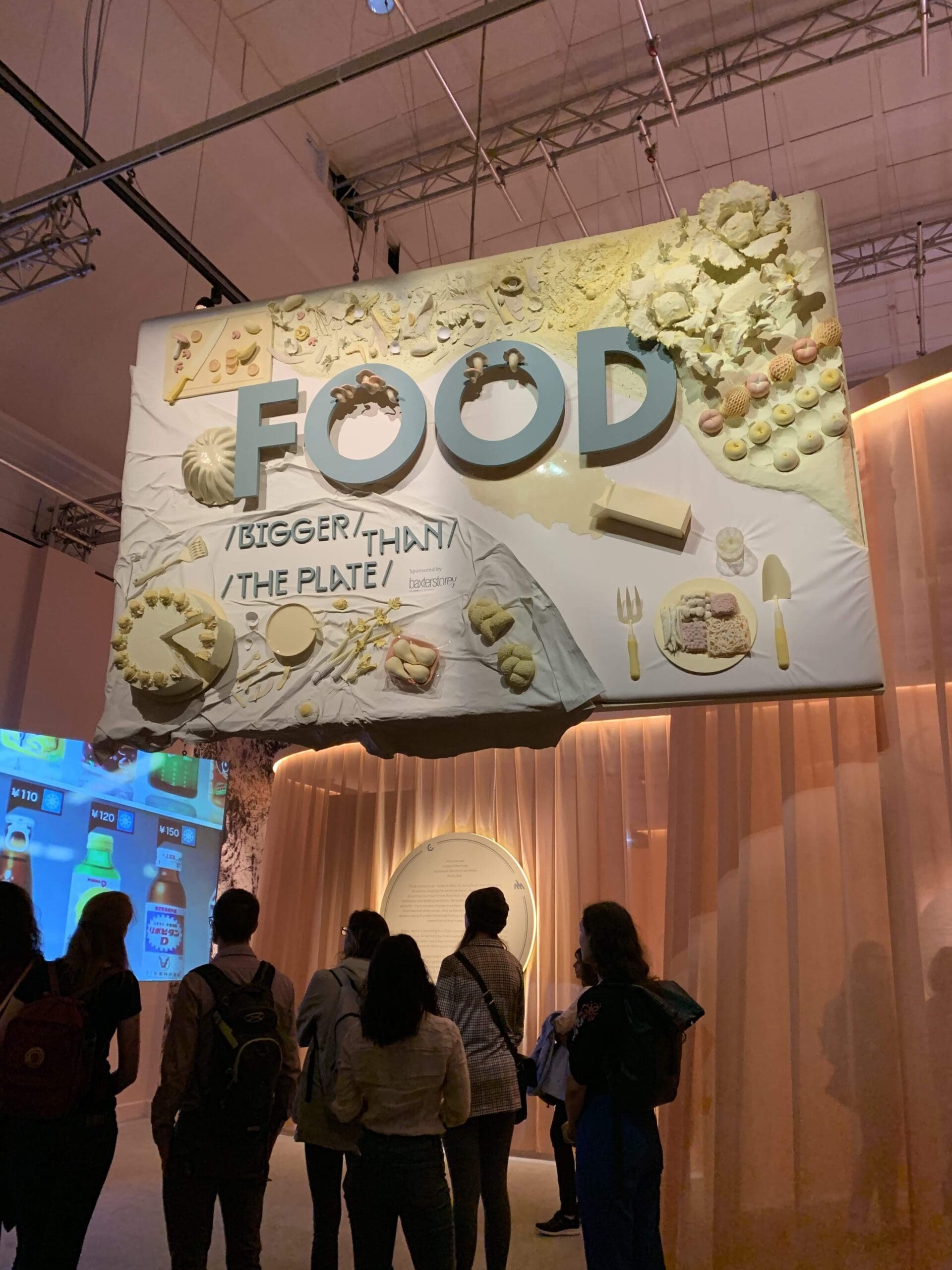
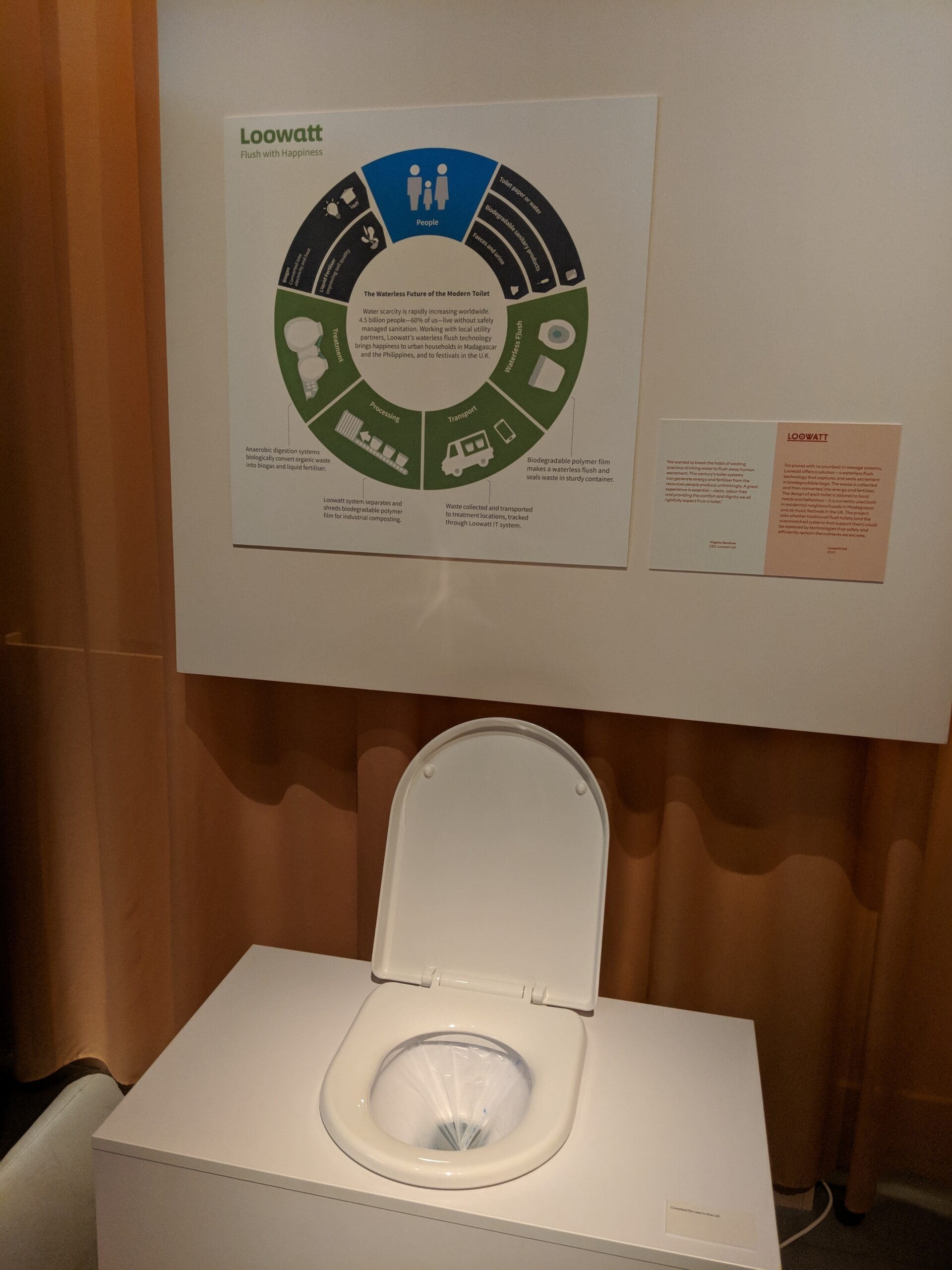
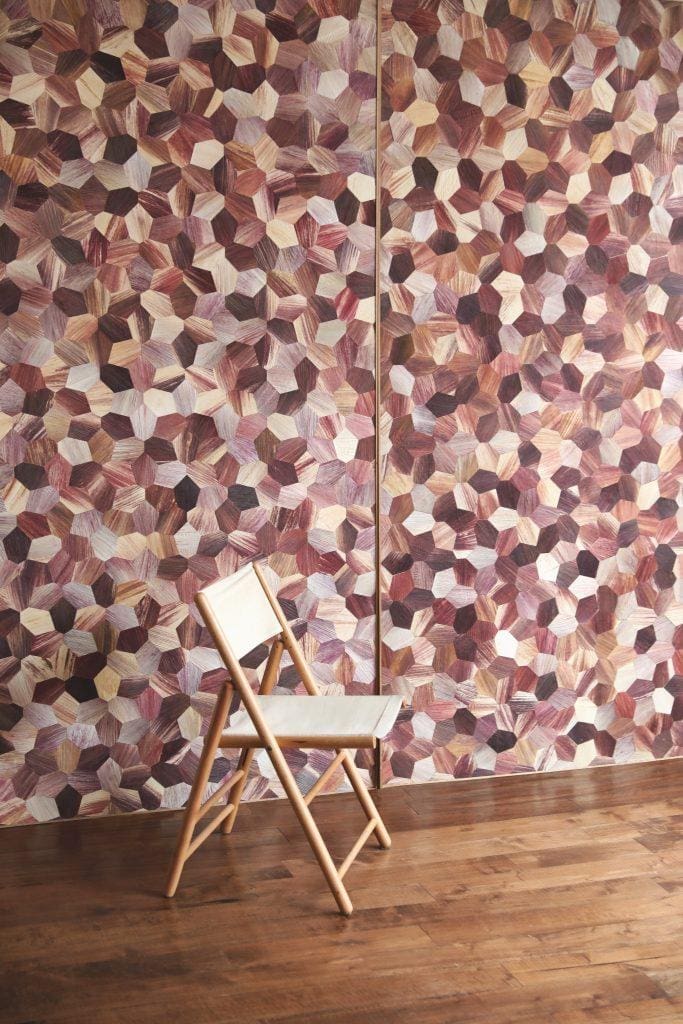
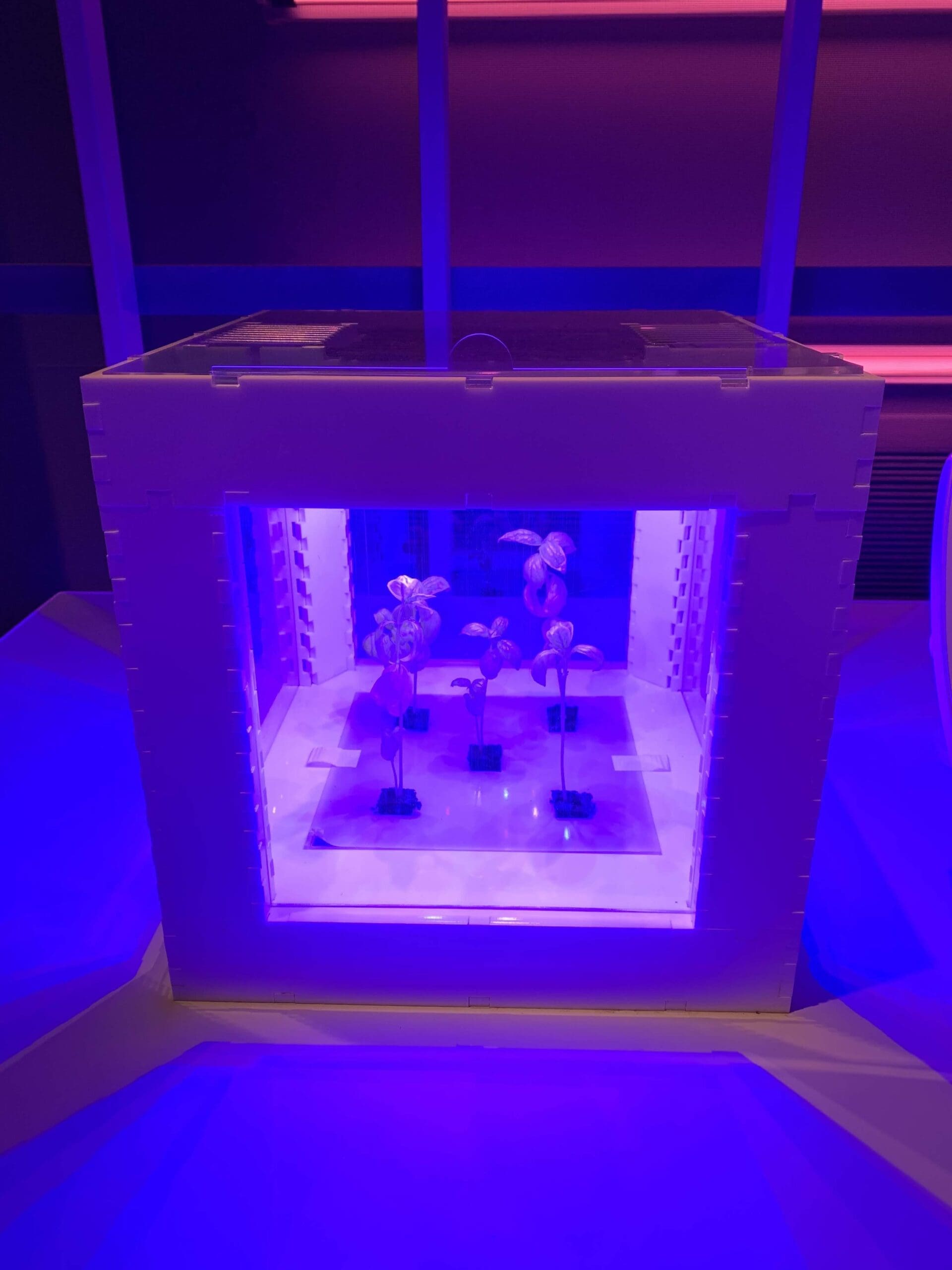
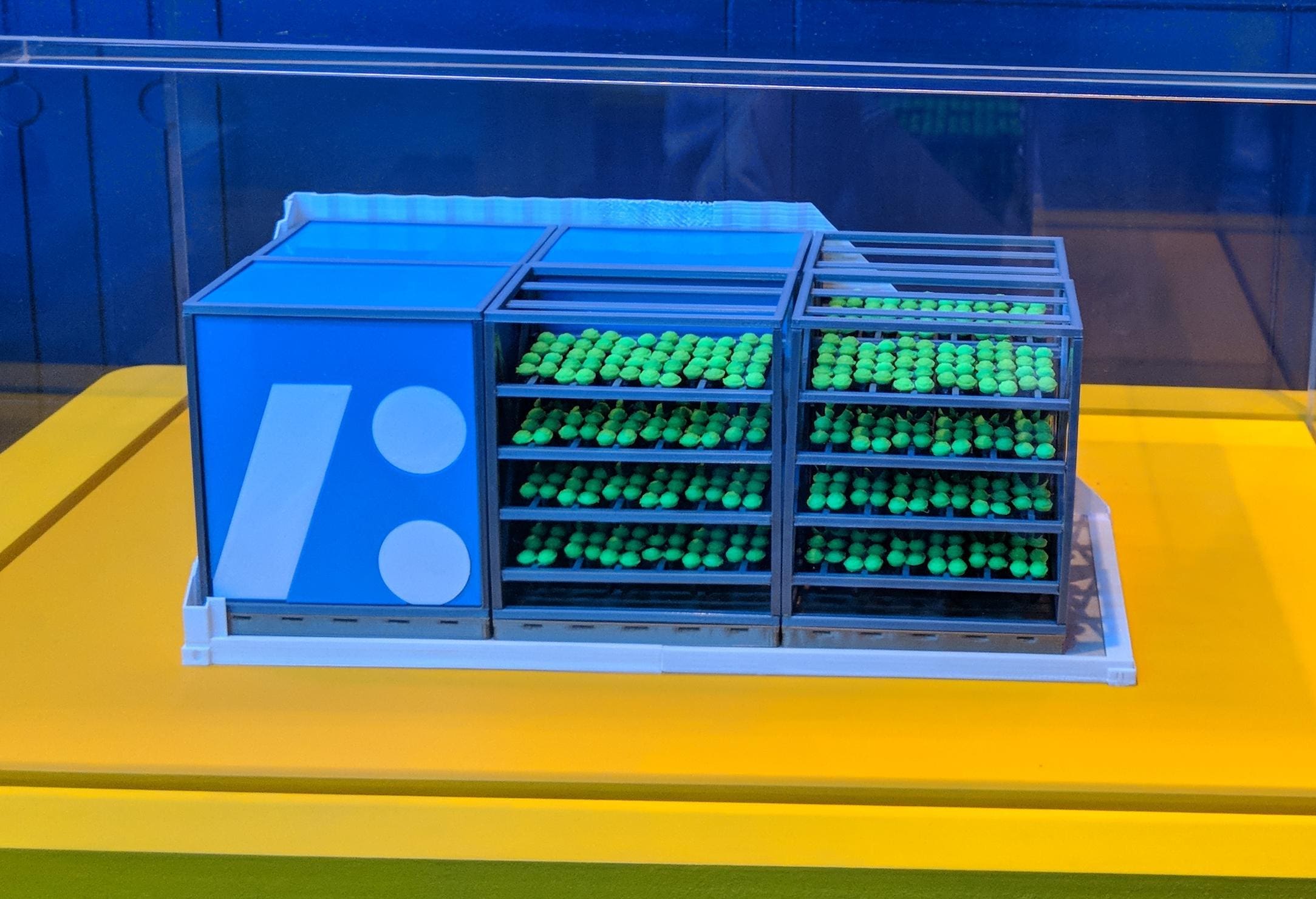
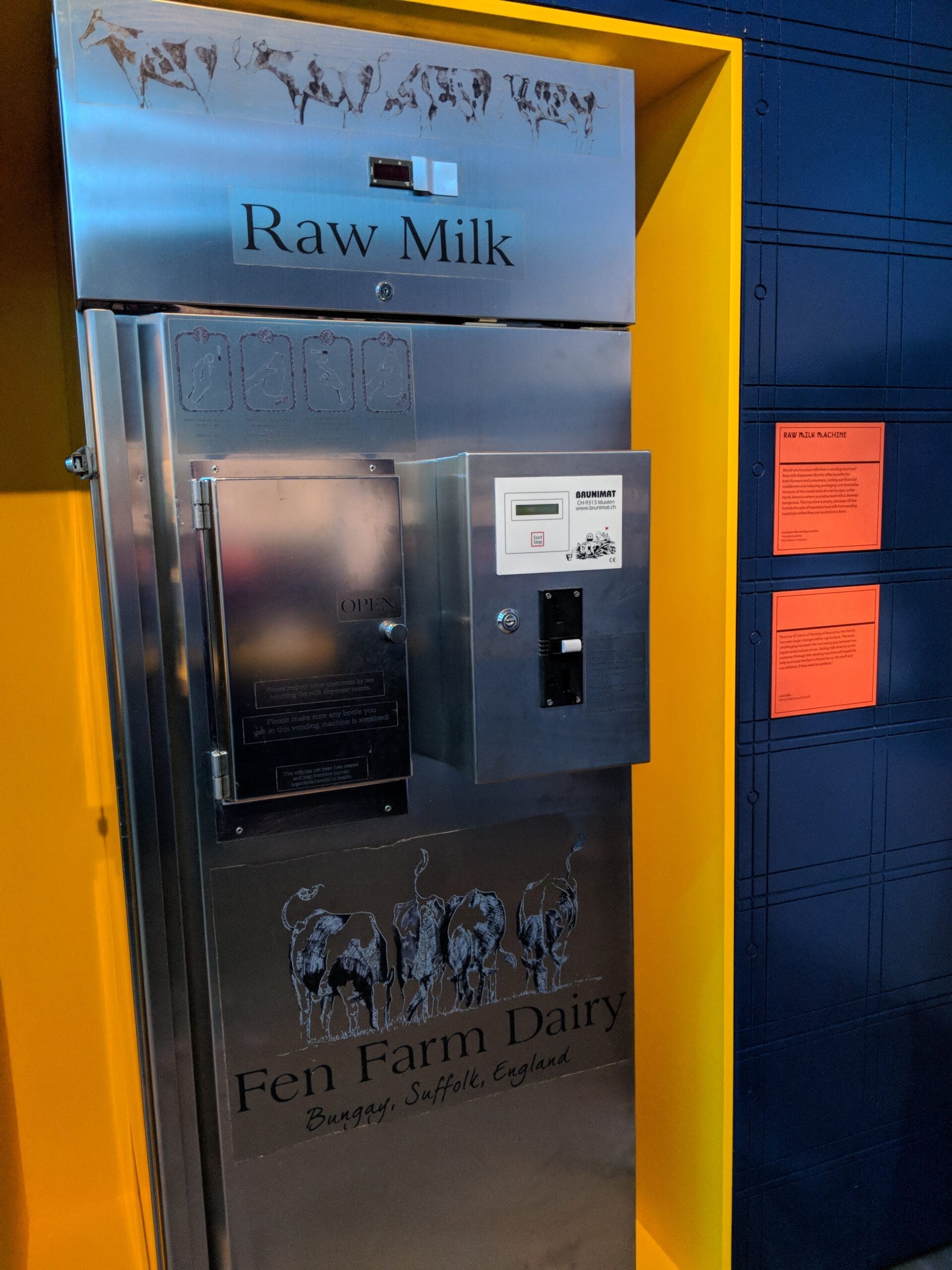

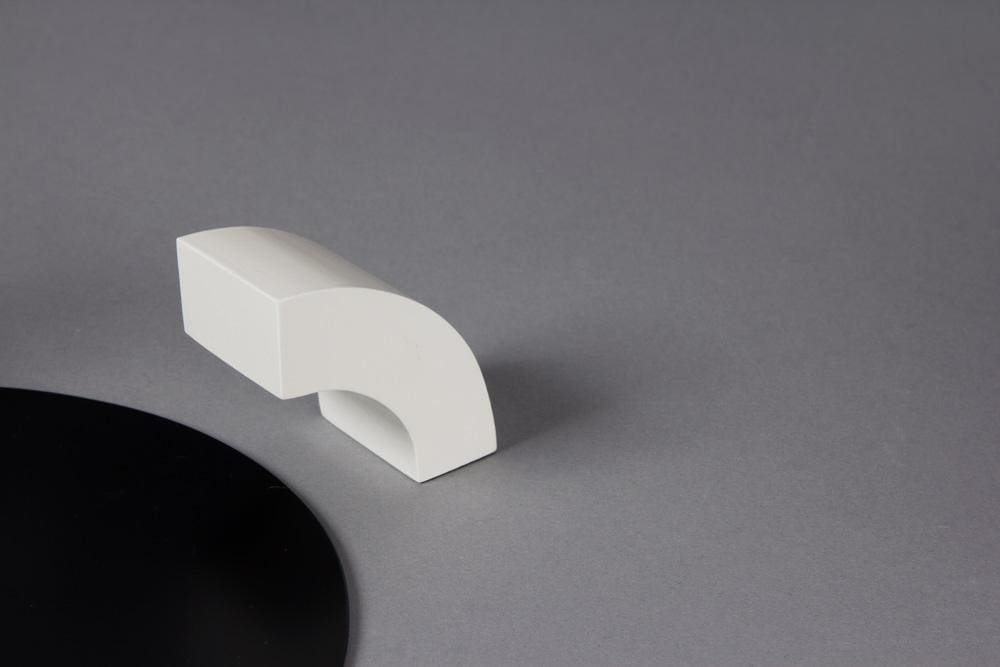 The Hob Guard. Credit:
The Hob Guard. Credit: 